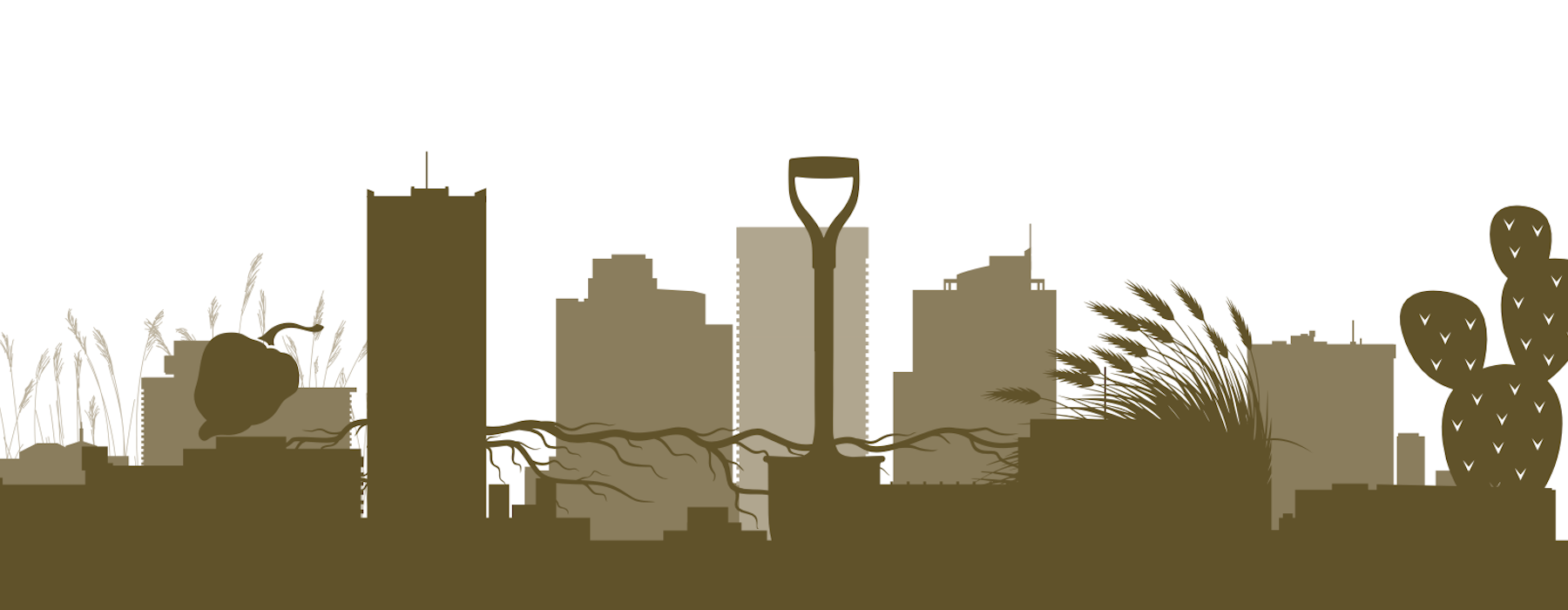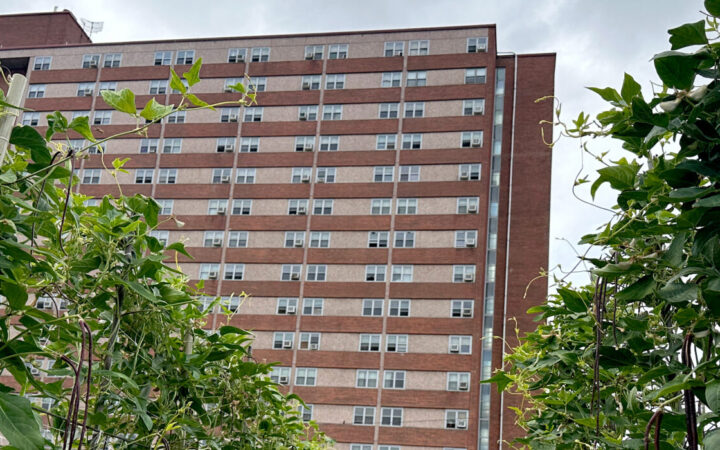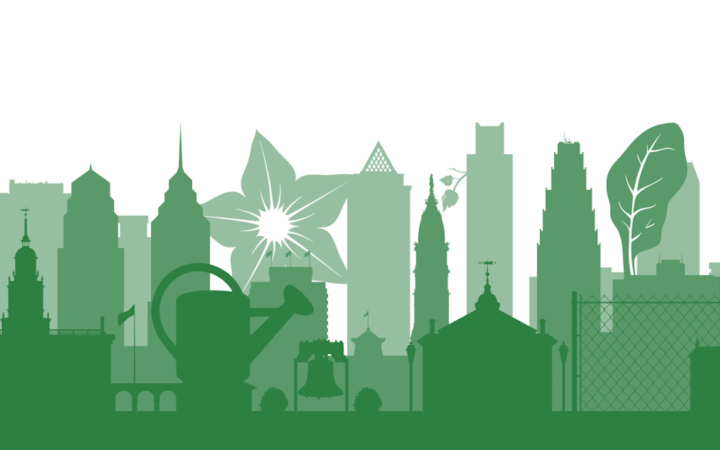This fact sheet distills the information in the Soil Health and Composting section of “Urban Agriculture and Innovative Production: A Guide to Local Policy” into key takeaways for producers and policymakers.
Local Policy Barriers and Strategies for Urban Agriculture
Healthy soil is essential for productive urban agriculture. It supports strong plant growth, manages water efficiently, stores carbon, ensures food safety, and sustains vital urban biodiversity. Like rural producers, most urban farmers grow crops directly in soil, but many city parcels are not immediately suitable for food production. Urban soils may be compacted, nutrient-depleted, contaminated with hazardous chemicals, or sealed beneath concrete or asphalt. A site’s land use history—ranging from industrial activity to the once-common use of lead-based paint—often shapes present-day soil conditions and must be considered by both farmers and policymakers who support growing food in city soil.
Common Urban Soil Concerns and Associated Site Histories
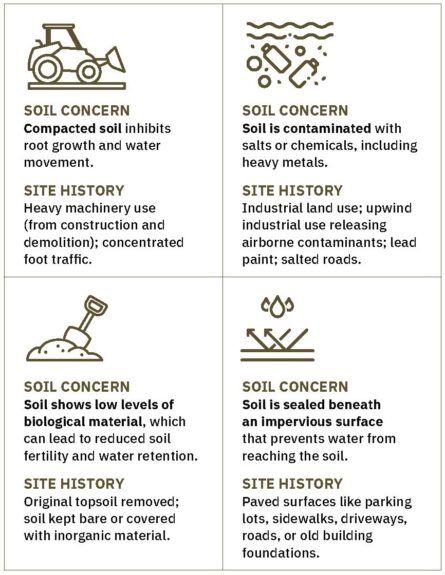
Phoenix’s Brownfields to Healthfields Initiative
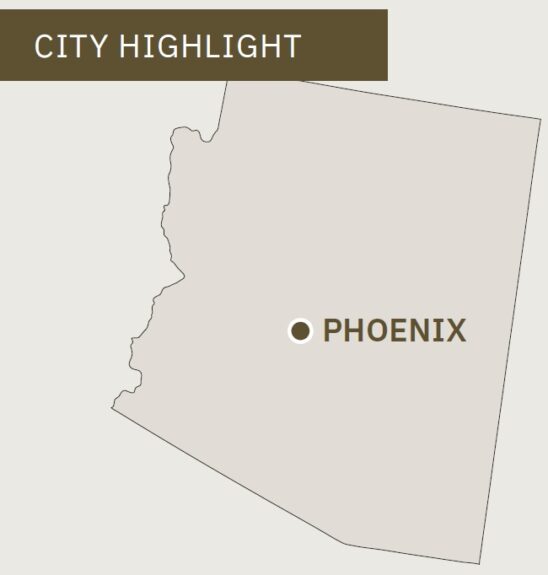 In 2017, Phoenix launched its Brownfields to Healthfields initiative, using a $400,000 EPA Brownfields Program grant to clean up ten contaminated sites across food-insecure neighborhoods. These sites— including farms, community gardens, school gardens, and a food hub—have been remediated to remove hazardous substances and enable the production of safe, fresh food.
In 2017, Phoenix launched its Brownfields to Healthfields initiative, using a $400,000 EPA Brownfields Program grant to clean up ten contaminated sites across food-insecure neighborhoods. These sites— including farms, community gardens, school gardens, and a food hub—have been remediated to remove hazardous substances and enable the production of safe, fresh food.
Soil Health and Composting Barriers and Policy Strategies
To farm safely and successfully, urban producers must test their soil, understand site history, and consider remediation strategies—including raised beds and composting. Local governments can support this work by offering soil testing resources, providing remediation guidance, and removing barriers to composting and other on-farm practices that build soil health. Here are a few common challenges to urban soil health and policy strategies that cities can adopt to address them.
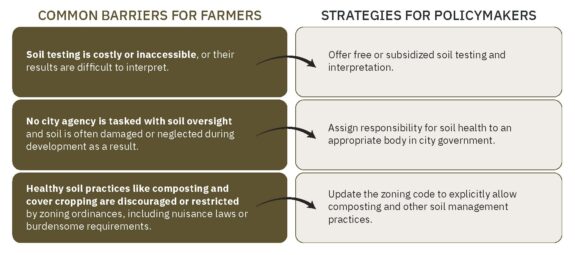
Best Practices for Farmers to Maintain Healthy Urban Soils
▶ Research your site’s history. Understanding past land uses can help identify potential soil contamination risks.
▶ Test your soil. Look for local or state programs that offer free or subsidized soil testing, especially for contaminants like lead or other industrial pollutants.
▶ Understand composting regulations. Review your local zoning code and other regulations to determine whether on-site composting is allowed and under what conditions.
▶ Develop a soil health management plan. Use practices like composting, cover cropping, and crop rotation to preserve and improve soil health over time.
▶ Seek technical assistance. Contact your local university extension office or USDA -Natural Resources Conservation Service office.
Suggested Citation
Ctr. for Agric. & Food Sys., Soil Health and Composting: Local Policy Barriers and Strategies for Urban Agriculture (2025), https://cafs.vermontlaw.edu/resource-library/soil-health.
